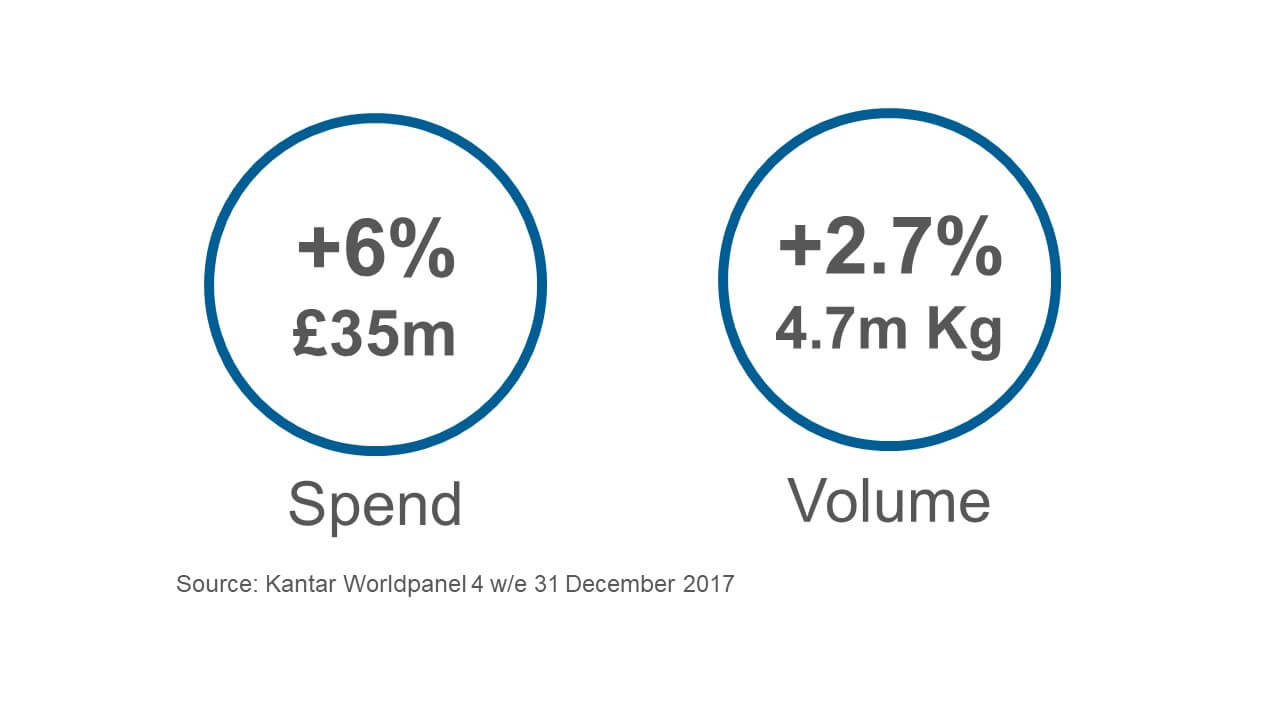Bringing lamb back into the fold
Monday, 26 February 2018
Signs of recovery for the fresh lamb market were seen over the Christmas period, according to Kantar Worldpanel data. Following a spell in the doldrums, sales increased in both volume and value during December. In this article, market research carried out by AHDB is used to explain ways in which the festive sales boost can be built on by aligning lamb with key consumer trends.

Category Overview
Topics:
Sectors:
Tags:

